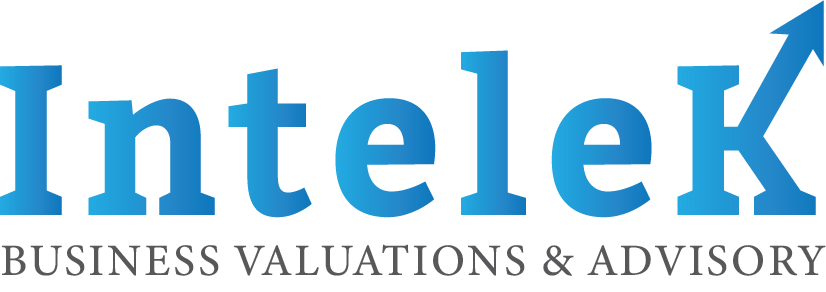Current Assets
All those assets that a company or a business can easily convert into cash within a short period are known as current assets, and typically this occurs within a 12-month period. They can be utilized to fund business operations and to cover short-term liabilities. These assets continually fluctuate and are updated periodically on the balance sheet.
Current assets are crucial for the smooth running of a business, as day-to-day funding for business operations and payments for operating expenses depend on them.
Types of Current Assets
As discussed, current assets include all those assets and resources that can be converted into cash in a short time. The potential cash sources can be divided into different groups, and each group is carefully observed by investors in order to evaluate the liquidity of the company, its financial stability, the cash flow perspectives, and the risks associated with the investments of the company.
- Cash in Accounts and Cash Equivalents
The resting money in bank accounts is the most liquid and available current asset that a company owns. The company can use its bank balance to fund the business operations, pay liabilities, or even distribute the company’s profits. Also, cash equivalents such as accounts receivable checks, bonds, and foreign currency are further examples of alternative current assets that can be easily liquidated.
This refers to the cash that customers owe to the company. If a customer bought something from the company on credit, the invoice will be generated for the payment. The invoices of sales on credit with maturity dates of less than 12 months (generally 30-90 days) are included in the current assets on the balance sheet. Accounts receivable can also be transformed to cash from payment by the due date or, alternatively, some companies sell their accounts receivable through a process called factoring.
- Stock/Inventory
Inventory is a core part of many businesses because it makes the sales and trading process possible. The stock/inventory of a company must be first bought and then sold in return for cash. A carefully managed and monitored stock helps to maintain inventory at an optimum level and ensure proper control of working capital.
- Prepaid Expenses
Sometimes, companies pay their vendors or suppliers in advance with the intent of receiving better quality service or price of products. This advance payment or prepaid expenses are registered as current assets on the balance sheet because the prepaid amount is reserved as a cash equivalent.
- Marketable Securities
The investments made by a company that are expected to mature within a year are known as marketable securities. Buying a marketable security is considered an easy and convenient way to store extra cash until it is needed for business operations. It is not only a way to “store” cash, but it also offers better returns than saving accounts.
- Non-Trade Receivables
Unlike trade receivables, non-trade receivables inflow cash without any sales. These receivables are also registered as current assets on the balance sheet. Non-trade receivables come into existence from different sources rather than sales.
Why Are Current Assets Important for a Business?
Current assets help to maintain, administer, and run day-to-day business operations without any pause. All the business expenses, including operating expenses and operating costs, are funded with the help of current assets. Moreover, the value of all the current assets represents the liquidity of a company. Current assets, when compared with current liabilities, show whether the company is in good financial condition or if it is unable to pay its short-term obligations. Another factor to consider is when the company has too many current assets for what the business really needs to operate. In this case, these are considered unutilized current assets or surplus assets. The evaluation of these assets helps investors to decide whether they should invest their money in a company or not. In general, a company with more current assets compared to current liabilities is considered a safer investment.






